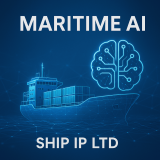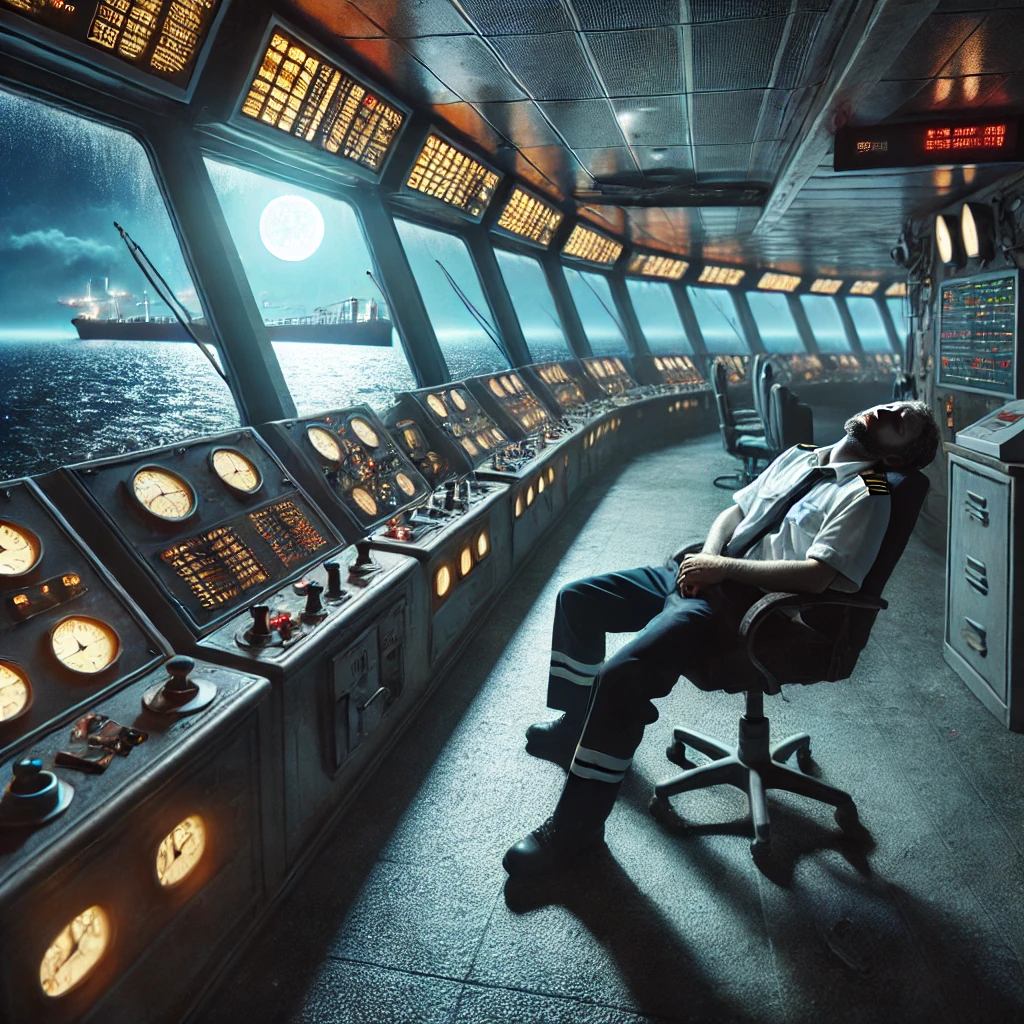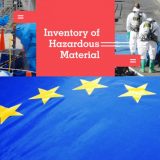We have a great opportunity to harness new technology to improve maritime safety. HiLo provides the best risk management system for the maritime industry, which is fast, accurate and easy to use.
Over the last few decades, shipping companies have based risk analysis on publicly available incident reports and their own incident management systems. This has often been done manually, which is painstaking and time-consuming. To get the full picture, companies must look at multiple data sources to get a better understanding of how potential incidents can occur. Even taking every data source into account, things are still missed or omitted, unintentionally or otherwise.
HiLo has created a system to help solve these problems. One that is easy to use and is accessible to many different clients who wish to keep ahead of their risks. What is the system exactly? It’s a decision support system which helps guide you along the right path to preventing incidents in the future. We use predictive analytics to show where you and your fleet are most at risk of an incident.
Prevent disaster before it happens
When data is extracted using traditional methods there is a chance information will be missed. Ageing safety management systems rely on a subset of data which doesn’t tell the whole story. Because of this, there is always a greater chance of serious incidents happening. It is vital to use data from multiple sources and multiple shipping companies to have enough information to generate solid results and identify any potential risks aboard ships.
HiLo’s digital system accurately shows the potential risks in your company’s path and helps you to take preventative measures. Our system uses big data (large and complex data sets from new data sources) which helps you uncover potential problems aboard your ships through increasing the accuracy of analysis. We help you to identify the root cause of your risks. We also help you to detect any patterns which may be occurring.
Big data means there is a large volume of information which allows companies to have more accurate knowledge to prevent future problems. When you understand the ins and outs of one event, you can see how another similar event could happen. When you collect data early you can break the cause-effect chain and stop another incident from happening.
Comparing data
HiLo’s interactive portal provides shipping companies complete access to their comprehensive risk profile. Companies get a chance to view their personalised analysis and at the same time compare their performance against the rest of the HiLo fleet.
HiLo’s ever-increasing knowledge database holds real-life marine safety information from over 5,000 vessels. We can provide you with insights from many different shipping companies as a result. Because the information is combined with peer-reviewed statistical analysis, you can clearly see the risks you have through our analysis. You’ll be able to see how vessels operate and how certain incidents arise, and so you’ll know if your fleet is in danger in any possible way and be able then to take preventative measures.
Are you protected?
HiLo is ISO27001 certified, which means data security is at the top of our list. We have collected data from over 5,000 vessels, but once it comes to us, it is anonymised to create tailored analysis for each of our subscribed shipping companies. This means you don’t have to worry about repercussions when you submit your data to us. HiLo will always keep your data confidential.
Because many shipping companies are happy to share their data with us, we can provide the insights that help companies channel their resources in the most effective way. It’s easy to do, always secure and the analysis each shipping company gets in return is worth the effort.
Saving lives at sea by working together
The safety of your fleet is paramount. We work to make sure the best actions are taken in every scenario so that everyone’s lives are protected. HiLo helps you prioritise your workload by transforming data into an easy-to-action risk profile based on your most recent fleet data.
High volumes of data are only valuable if they can be turned into real insights. By sharing your data with us you are helping us to create a great ecosystem of cause-and-effect relationships. You will be able to see potential risks aboard your ships and find ways to stop them leading to an incident. Not only this, but you protect lives at sea while we protect your data.
This is all possible with an easy-to-use decision support system, which is time-efficient and requires less manual labour.
Keep the safety of those at sea top priority. Request a HiLo demo.
This article is shared by courtesy of HILO – www.hilomrm.com





